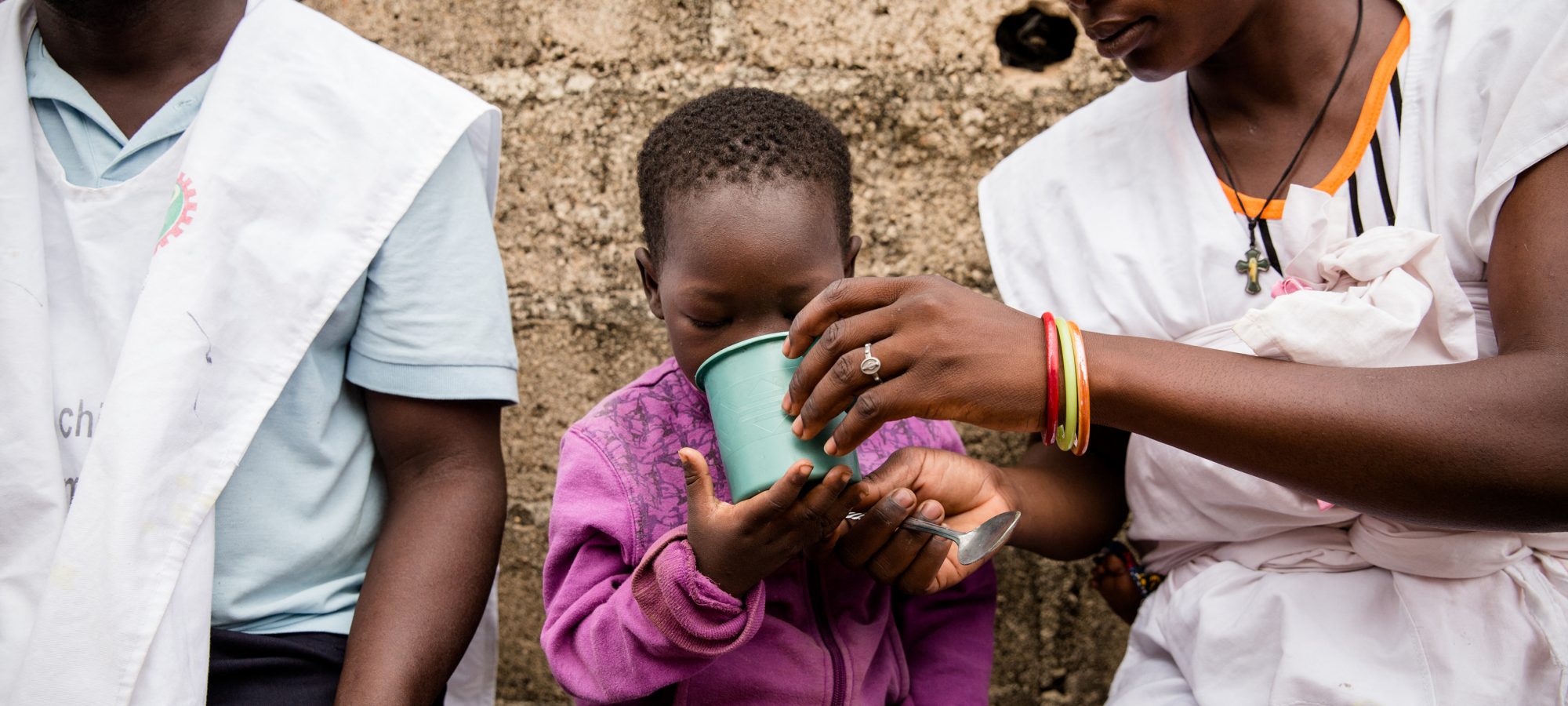Progress towards fewer malaria cases and deaths has plateaued in recent years and achieving the Sustainable Development Goal (SDG) of malaria elimination by 2030 looks increasingly challenging in many regions.
Arguments as to why progress has stalled are numerous and include an absence of new tools to prevent and control malaria, insufficient funding and poor global coverage of the strategies previously developed. Emerging biological and environmental challenges can also be added to the list.
Recent events like the COVID-19 pandemic that have the potential to disrupt malaria prevention programmes, reports of Anopheles stephensi increasing in urban areas across parts of Africa, changes in climatic conditions affecting the incidence, transmission and distribution of malaria and evolving resistance of the malaria parasite and mosquito vectors to the most commonly used drugs and available insecticides are all contributing to the possibility that instead of making progress towards elimination, we are moving further away.
What we can agree on is that there is no silver bullet. To make significant and meaningful progress in reducing the number of deaths from malaria, we need to capitalise on what we know works best. As a global health community, we need greater integration around strategies, tools and innovations and a focus on broader health outcomes. We need to invest in surveillance, bringing fragmented infrastructure together and understanding the bigger picture –leaving no one behind. We need greater collaboration between sectors and shared goals –building on our most successful interventions and then look for ways to do them even better; adapting, scaling up and applying it to new contexts for a greater impact.
Seasonal malaria chemoprevention (SMC) has been a breakthrough intervention, possibly one the greatest in recent years. It is proven to be an extremely effective intervention that can prevent up to 75 percent of malaria cases in children under five. According to the WHO policy recommendation, SMC involves the monthly administration of antimalarial drugs sulfadoxine-pyrimethamine (SP) and amodiaquine (AQ) to children under 5. It is typically delivered door-to-door over four months during the rainy season when malaria transmission is at its peak. To date, SMC has exclusively been implemented in the Sahel region of West and Central Africa where there is low resistance to SP and AQ.
Malaria Consortium has been a leading implementer of SMC since the World Health Organization (WHO) recommended the scale up of the intervention in 2012. Establishing SMC within defined parameters, as outlined by the WHO recommendations, was important to establish it as an effective, affordable and trusted intervention. We’ve since expanded our SMC programme and this year have reached over 12 million children under five in Burkina Faso, Chad, Nigeria and Togo.
The pace of the scale-up of SMC has been impressive. Dr Pedro Alonso, the Director of the WHO Global Malaria Programme, recently referred to SMC as a “great success story”. We are at a stage where we should reflect on how SMC can be adapted and the innovations that can be introduced to maximise the contribution this intervention can make to the global fight against malaria. It will mean refining the way we deliver SMC to ensure we implement equitably and with high quality, for example by introducing digital tools to support the collection of programme data and stock management. Crucially, however, we also need to think about adapting the parameters for SMC – where, when and how it should be implemented.
Decisions about the way forward should be based on evidence, taking local context and local epidemiology into account. As an organisation we have begun to undertake research to provide the necessary evidence for ministries of health and other partners to make informed decisions about adaptation and innovation in SMC programming. As part of our research, we are particularly interested in varying the timing and frequency of SMC implementation; integrating SMC with the delivery of other health services such as nutrition; implementing SMC in new geographies outside of the Sahel region (including those where resistance to SP or AQ is high); and using alternative drug regimens. Some of our recent work has included exploring the feasibility and acceptability of adding a fifth SMC cycle in Burkina Faso and the co-implementation of SMC and vitamin A supplementation in Nigeria. We are also now testing the feasibility, acceptability and impact of SMC in Mozambique – the first time we are expanding our SMC programme to East and Southern Africa.
And, should SMC prove to be feasible and acceptable in these different contexts, our experience of implementing this intervention over the last eight years means we will continue to apply our research findings at scale to reach millions of children under five at risk of dying from malaria.
Sarah Bond is Malaria Consortium’s Communications Manager
